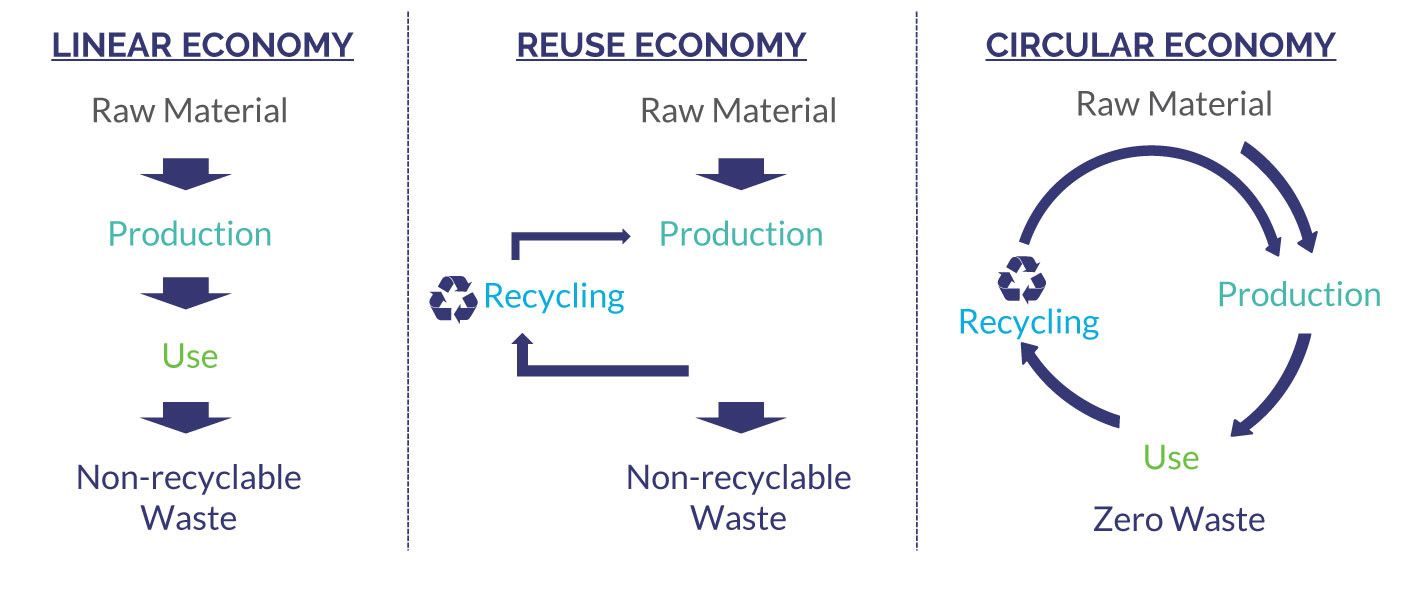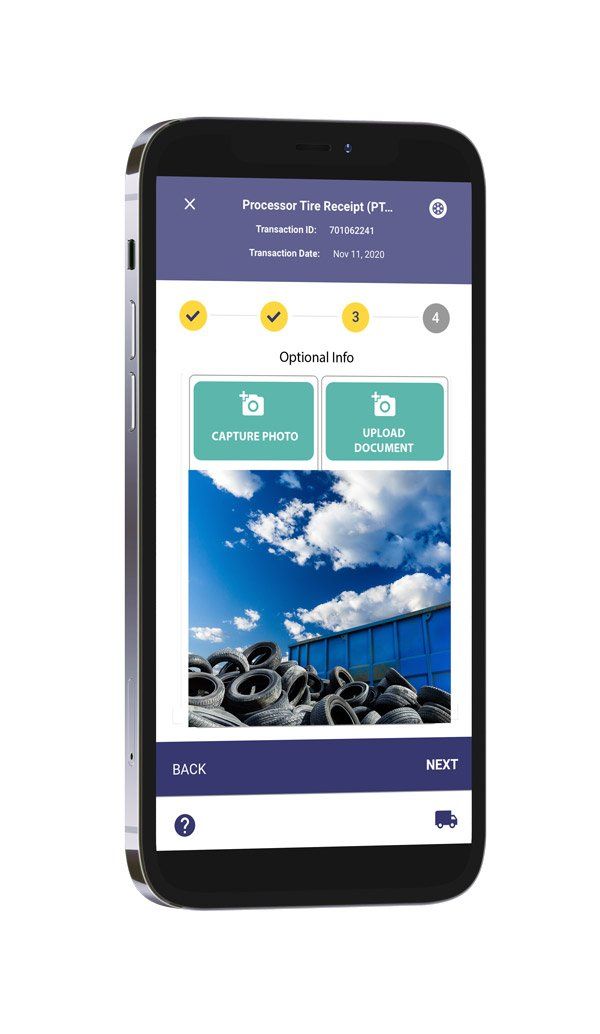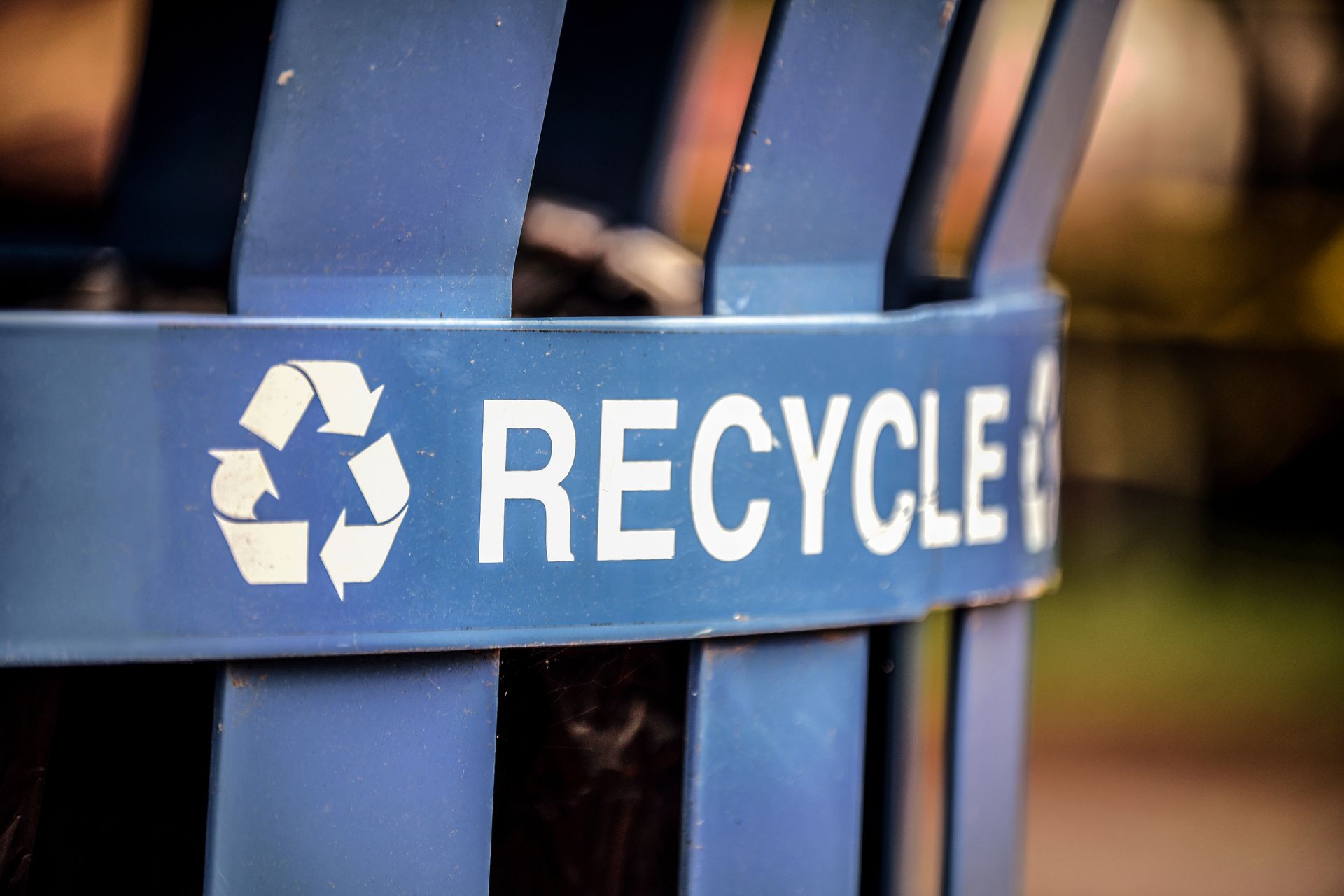Advancing Sustainability: The Role of Software in Enabling Circular Economies
A circular economy aims to minimize waste, keeping resources in production and consumption supply chains for as long as possible to maximize resource efficiency. This creates an economic system that is built around reducing the prevalence of take-make-waste where products end up in landfills. The Circular Economy achieves this through a production and consumption model that centers around recycling, repurposing, reclaiming and re-using products and materials.
Under a circular economy model, waste is viewed as a resource and materials are reused and recycled in a closed-loop system, reducing the need for virgin resources and minimizing negative environmental impacts. The circular economy aims to create a more sustainable and resilient economic model that is better for both people and the planet.
3 Key Principles of the Circular Economy
- Designing Waste and pollution out
- Keep materials and products in use
- Re-generate and restore natural systems.
Circularity principles are gaining traction in various industries with the increased focus on environmental issues and because of the demonstrated economic opportunity the model is capable of driving.
Environmental Benefits of the Circular Economy
A circular economy has various benefits that can make it an attractive option for businesses and governments alike. One of the most significant benefits is reduced waste, pollution, and progress towards net zero and carbon reduction initiatives such as the Paris Climate Accord. Designing out waste and pollution means businesses can reduce their environmental footprint and improve their reputation among consumers who are increasingly conscious about sustainability issues.
The circular economy also promotes increased resource efficiency, which can actually lead to reduced costs for businesses and governments. It is estimated that over 100 billion tons of new resources – metals, minerals, fossil fuels, organic materials and more – enter the supply chain every year, and yet as little as 8.6% is recycled or re-used. Moving towards a circular economy can reduce our dependence on non-renewable resources, which by definition are limited.
Essentially, a circular economy reuses or refurbishes these items, ensuring that fewer non-renewables need to be consumed. This model encourages innovation in product design so that they are more durable, repairable, and adaptable. A circular economy can stimulate creativity and competitiveness in various sectors. Moreover, a circular economy can generate new jobs and income streams for people who are involved in activities such as collection, sorting, refurbishing, and recycling of materials.

Tracking Circular Economy Initiatives with Data
Data and software can play a crucial role in advancing a circular economy. They can support circular economy initiatives by providing insights and analysis that help identify opportunities for resource efficiency and waste reduction.
There are already examples of how technology is being used in a circular economy context. For instance,
Diversys, provides cloud-based sustainability solutions to help businesses capture operational data to track their sustainability performance and identify areas for improvement. Data and software are becoming increasingly important in the circular economy. For example, advanced analytics could be used to optimize resource flows and identify new circular business models.
How Recycling Tracking and Waste Management Software is Used Today
There are numerous successful circular economy initiatives that use data and software. One example is the way an Electronics Recycling Stewardship is leveraging Diversys to digitalize the way waste is tracked from collection through transportation and processing. They’ve been able to unlock value-chain data to meet tracking and reporting requirements. This has allowed them to eliminate manual tracking processes and get real-time visibility of their reverse supply chain. Likewise, a Used Oil Steward in Canada is using Diversys for a similar purpose across hundreds of participants and operators. When data is captured at the source (when waste is collected), these organizations are able to generate accurate and reliable data to measure program performance, track environmental impact, and meet their regulatory reporting obligations.
Countless examples where software and data are helping organizations adopt circularity principles. For example, an initiative by the city of Amsterdam, which aims to become a circular city by 2050. The city is using data and software to map out its resource flows and identify opportunities for circular business models. The city is also promoting circular initiatives such as the sharing economy and the use of bio-based materials.
Challenges in Implementing a Circular Economy in the Digital Age
Despite the potential benefits of using data and software in a circular economy, there are also several challenges that need to be addressed. One of the biggest challenges is the fragmented nature of the industry and therefore the limited availability of accurate data. In many cases, data related to material flows, waste streams, and product lifecycles is not readily available or standardized, which makes it difficult to implement circular economy initiatives at scale.
The digital divide and access to technology is also a challenge in implementing a circular economy. There are a number of participants that make up the value chain and not all have access to the necessary technology and infrastructure to support circular economy initiatives. Addressing disparities can help centralize the circular economy and ensure tear down barriers to entry that prevent organizations, regions, and people from participating.
How Diversys is Contributing to a Circular Economy through Data and Software
At Diversys, we recognize the potential for data and software to support circular economy initiatives. We are committed to using our expertise in data analytics and software development to help organizations reduce waste, increase efficiency, and improve sustainability.
One example of our work is our waste management software solution, which uses data analytics to help organizations identify opportunities to reduce waste and increase recycling rates. By standardizing data collection, waste stream and material flows analysis can help identify areas where waste can be reduced, and materials can be reused or repurposed.
Another example is our recycling tracking platform’s ability to analyze data on material flows, transportation routes, and inventory levels. Accurate, valid data collected at the source means organizations can improve efficiency, identify areas for improvement, and generate reports for compliance.
At Diversys, our goal is to help organizations transition to a circular economy, leveraging data and software to increase operational efficiency and enable tracking and reduce waste.
Sustainability and Economic Growth through the Circular Economy

The circular economy offers a promising framework for achieving sustainable economic growth while minimizing waste and pollution. The role of data and software in advancing a circular economy cannot be overstated, as they can provide insights, enable optimization, and facilitate collaboration among stakeholders. While there are challenges to implementing a circular economy in the digital age, such as limited availability of data and the digital divide, these challenges can be addressed through collaboration and innovation.
As individuals and organizations, we have a responsibility to leverage data and software to support a circular economy. Technology and innovation will encourage collaboration across stakeholders to advance circular economy initiatives. This can include partnering with other businesses to create closed-loop supply chains or working with governments to develop policies that promote circularity. Collaboration can help to pool resources, share knowledge and expertise, and create a more conducive environment for circular economy initiatives to thrive. By working together towards common goals, stakeholders can take a data-driven approach to accelerating the transition to a more sustainable economic model, one that benefits both the environment and society as a whole.

About Diversys
Diversys is proud to have its roots in Ontario, Canada - a province widely recognized for its leadership in EPR and sustainability. Since 2019, we've been dedicated to creating innovative software solutions that drive progress toward a world without waste.
Our story is a testament to the power of hard work, customer loyalty, and big ideas. We are committed to empowering organizations with the waste recycling software solutions necessary for achieving a sustainable future. Our cutting-edge software platform is helping organizations achieve their ESG goals, meet reporting obligations, and improve operational efficiency for their recycling programs.
Our commitment to delivering world-class solutions that drive meaningful progress towards waste reduction and a more sustainable future is unwavering. Our team of industry experts is ready to help you navigate the rapidly-evolving waste management landscape as we progress toward a circular economy.





